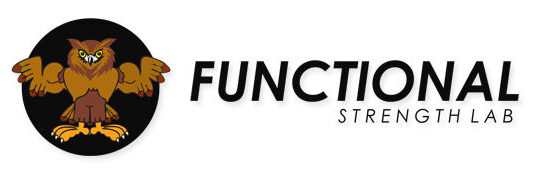The deadlift is a tremendous source of functional strength with its compound movement and translation to real world functionality. Performing deadlifts safely and with heavy weights will help you increase both strength and balance. All of this is fairly common sensical, but did you know there are a large number of deadlift variations:
1. Traditional/Conventional – probably the version you’re thinking of when you think of deadlifts, hence the name. Feet shoulder width apart, hands grasped palms facing you (regular) or one palm facing towards you and one away (s-grip). Ass and hips sunk to roughly knee level and the bar just inches from your shins. Rocking slightly back onto your heels to drive directly upward to full extension with shoulders set back.
2. Sumo – same deadlift motion except with your feet set roughly 2x shoulder width, feet pointed out at 45 degrees or so. Drop hips down to just above knee level, rock back onto heels and explode upward to full extension and shoulders set back.
3. Stiff legged/Bulgarian – knees bent slightly and hips set back, you reach down to the bar by bending at your waist (as opposed to dropping your level with your knees.) Your feet should be just outside of shoulder width. With back straight and head up, the bar is lift off the ground with the strength of your hamstrings, glutes, and more of your back than any of the other deadlift types. Be extremely careful with this and all deadlift types as your putting your body under tremendous load/stress. Do less weight with Bulgarian, as your back is activated more, and at a compromised position. Also prepare for your hamstrings to be extremely sore the day after your do Bulgarians.
Before doing any of these lifts ensure you’ve been trained effectively by a trained fitness professional. Also ensure that your body is warm and stretched. A deadlift is going to affect your whole body if done right. Therefore your whole body will need to be prepared for the lift. Go extremely light until you get your form perfect. No sense in rushing this — the deadlift is so effective, once you get it right, your body will respond with strength gains when it’s ready to handle it.
Already an experienced dead lifter? Want to know your one rep max estimate without undergoing the injury risk that comes along with maxing? Check out our deadlift max calculator on the site.
Or if you have an android device, check out our one rep max app (it works for all of the big three: squat, deadlift, and bench)
